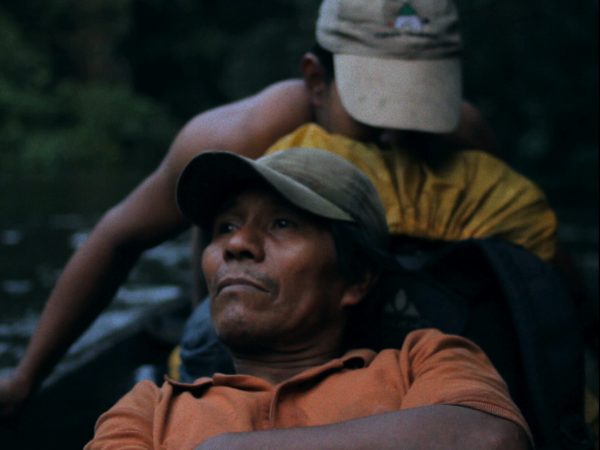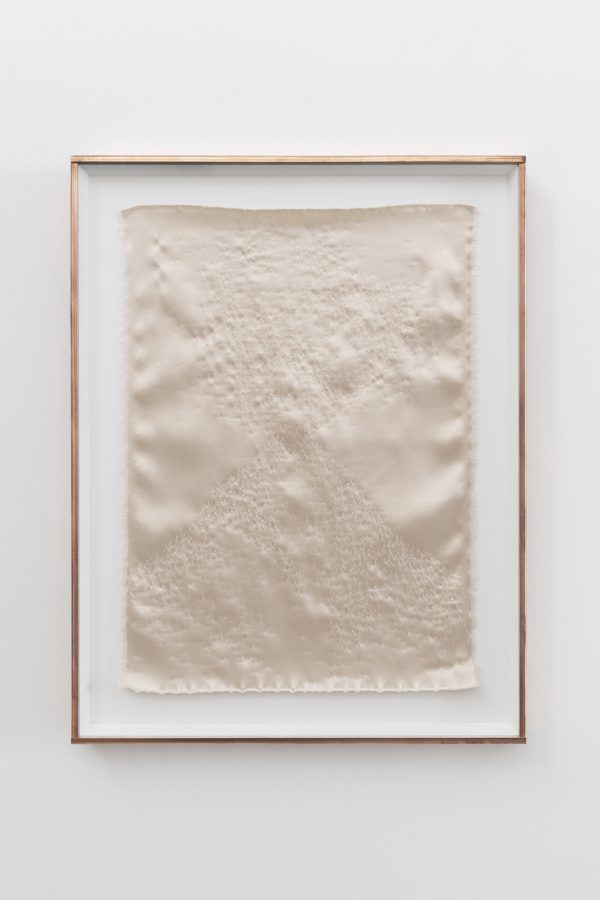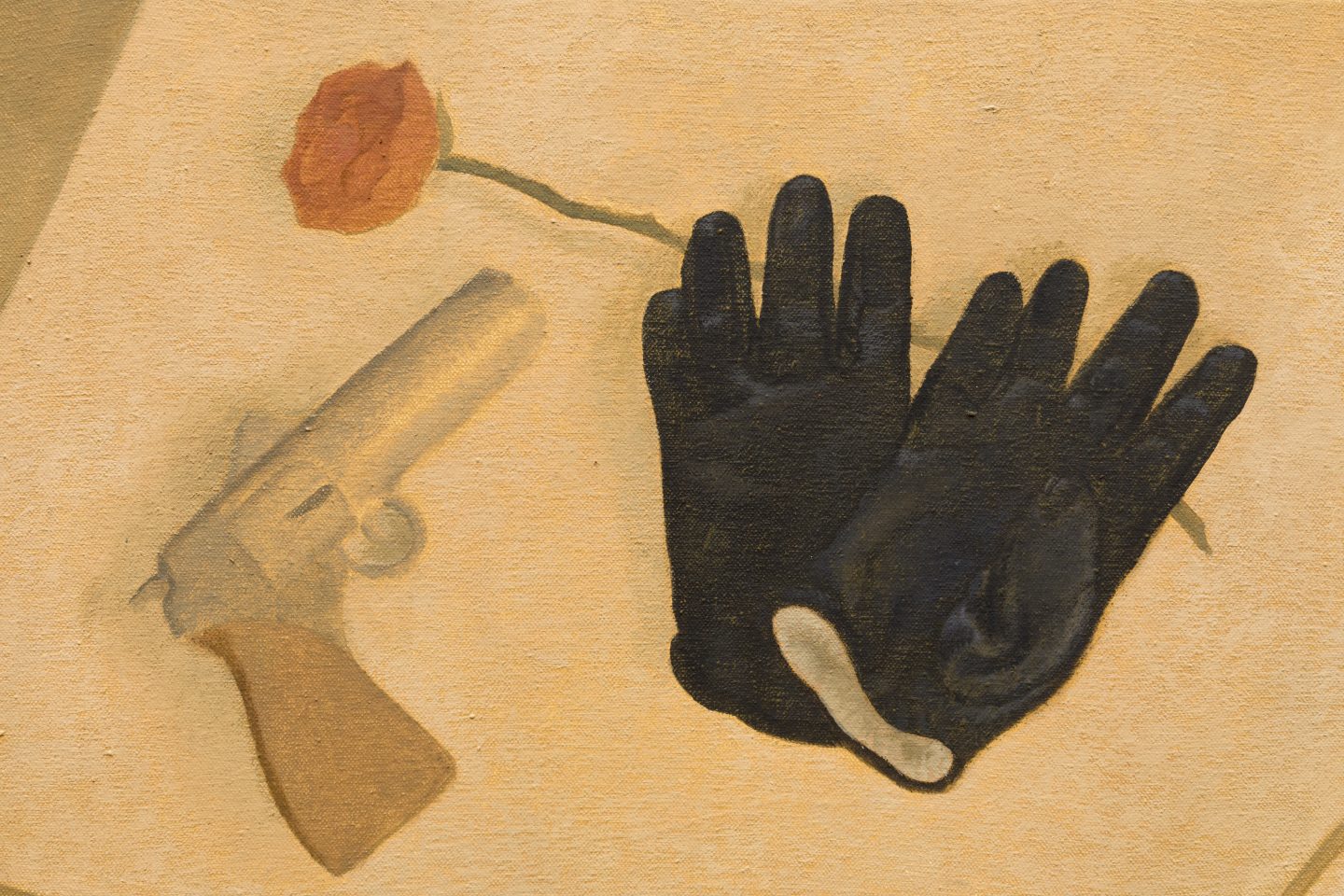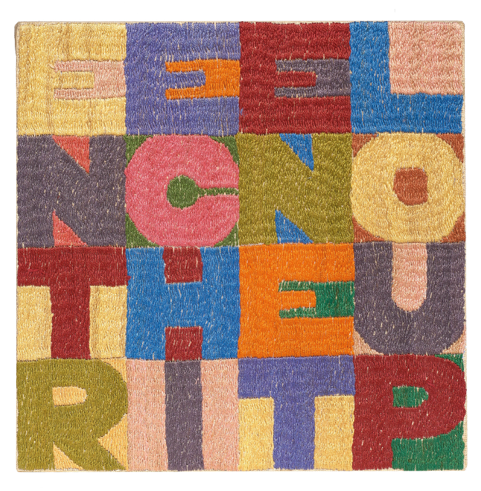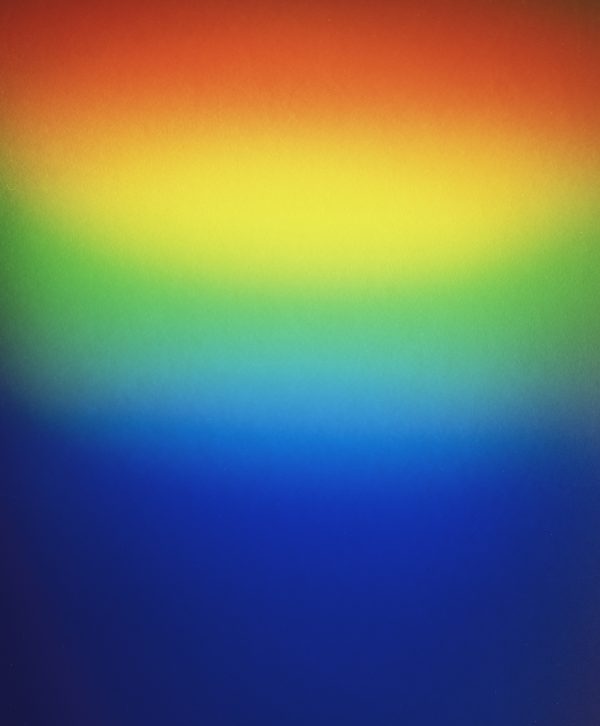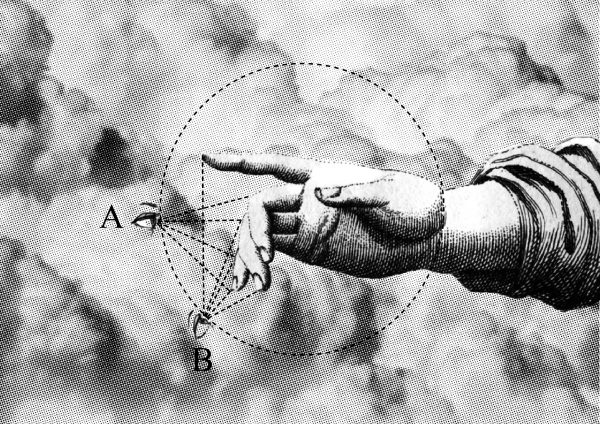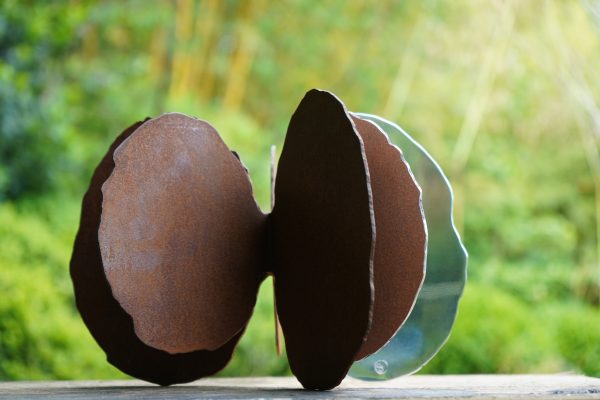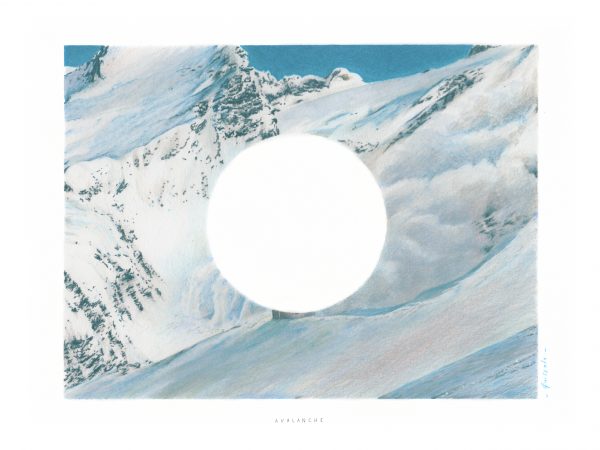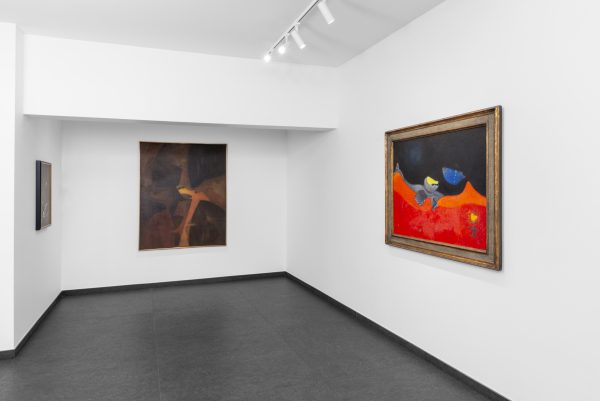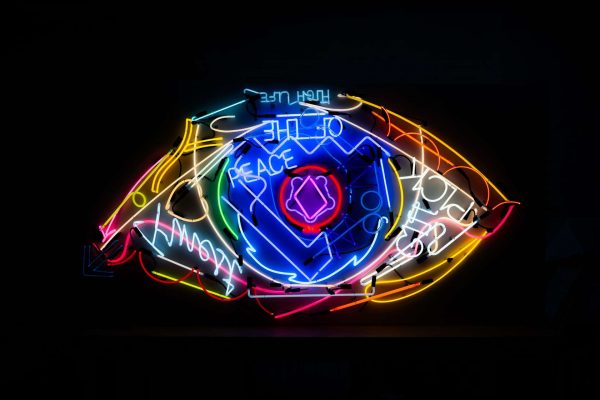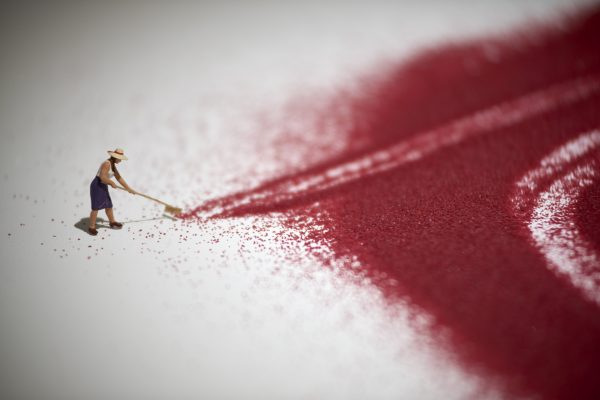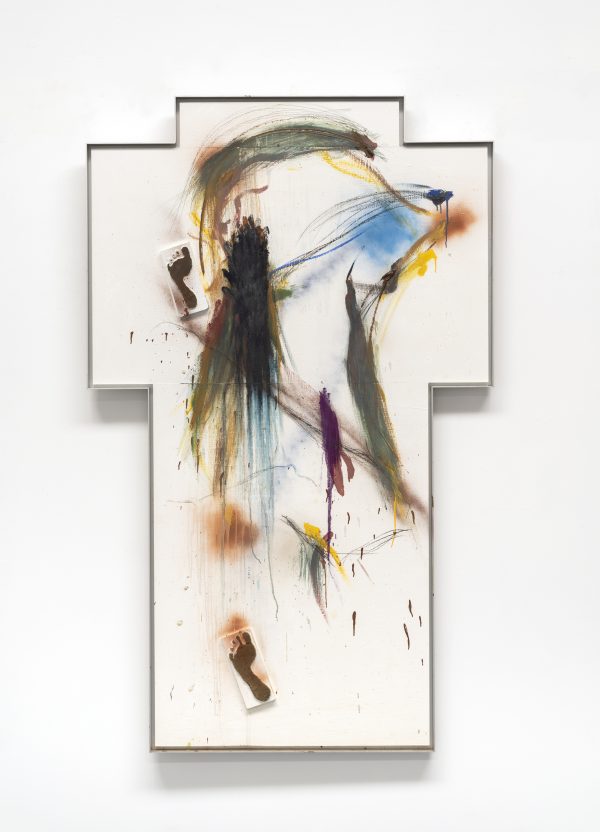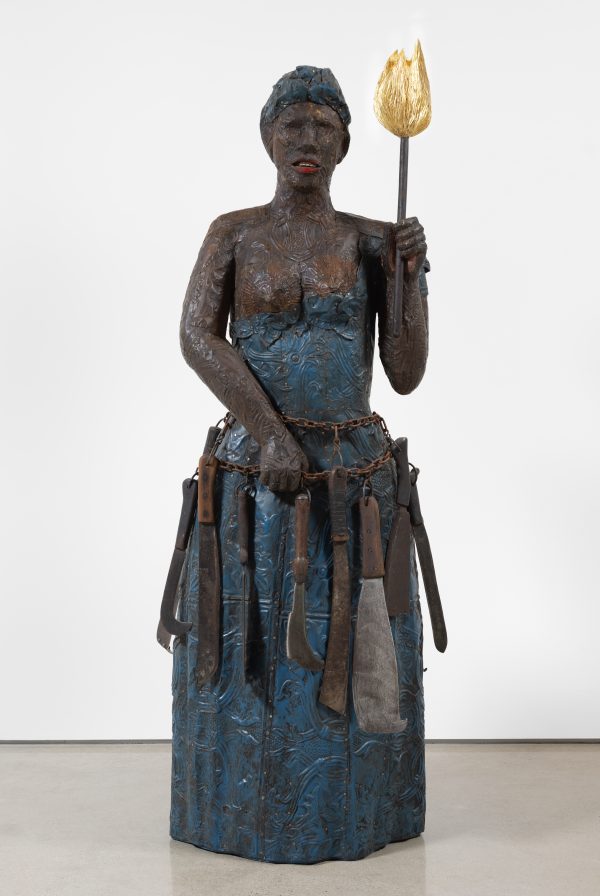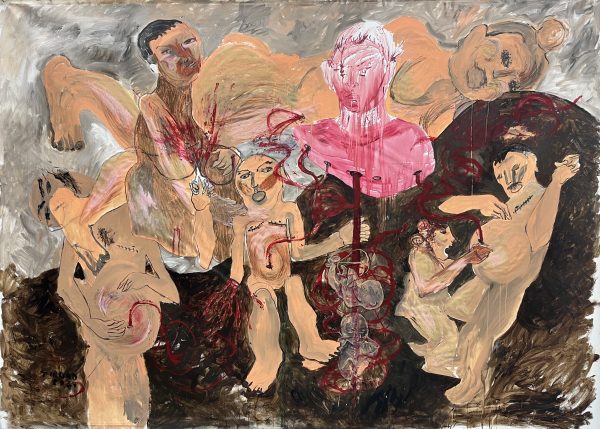Mendes Wood DM
Paula Siebra , Spain
"O estranho familiar"
Paula Siebra, Mesa de cabeceira com revólver, luvas e flor | Table de chevet avec revolver, gants et fleur, 2025, huile sur toile, 30 x 40 cm, MW.PSI.267, Photo credit: EstudioEmObra, Courtesy of the artist and Mendes Wood DM, São Paulo, Brussels, Paris, New York, Copyright The Artist
Paula Siebra, the strange familiar
It’s a vision of a remarkably banal everyday life, imperceptibly disturbed by a touch of the bizarre that can tip the whole scene into a nightmarish vision. A still life with a revolver, gloves and a rose on a table. Paula Siebra has composed one of the first works in the exhibition as if in an Agatha Christie novel. For her, detective stories are like a metaphor for painting. Not so much the plot itself, but the pleasure we derive from following it around, like a bloodhound around its prey, pinpointing the character traits of the characters, their interactions, the context in which the story unfolds. There’s something magical about this kind of investigation, which crystallizes into intuitions, sometimes beyond language. A bit like trying to put words to paintings.
Paula Siebra hails from Fortaleza, in the northern Brazilian state of Ceara. It’s where she grew up. She says she’s always drawn, but it was in a folk art museum, not a fine arts museum, that her eye was formed, in Dragão do Mar, where her mother used to take her on Sundays. Her memories are also lulled by the melancholy tunes of choro, the traditional music played in her family. In fact, she almost took that path rather than art. But images caught up with her and she trained as a painter at the University of Rio de Janeiro. The first forms that impressed her were those of ceramics, lace and embroidery from her native region, as well as the simple images of ex-votos. Among the first art books she discovered were Frida Kahlo and Balthus.
Of course, the exhibition also owes its title to Freud and his “disquieting strangeness”, otherwise translated by François Roustang as “the strange familiar”, that which is familiar and must remain hidden. Take, for example, this mask on a chest of drawers, open drawer full of letters, with a carafe on a curiously pleated tablecloth, like a relic of a carnival forgotten there for no reason, an objective encounter worthy of André Breton. This taste for everyday life, coupled with an attraction for a form of magic realism, also emanates from his mother’s sewing box, with a ball of orange pins and a badly rolled ruler, or from a well-made suitcase. Far from any metaphor, this show is simply the sign of a form of zeal deployed to pack striped shirts, a clip and a hairbrush, a book and shoes in an old crocodile suitcase bought at a flea market. Inside the suitcase is a book – a novel by an author from her native region – with a woodcut on the cover. She chose it because the image reminds her of vernacular techniques close to home. These dominoes? They’re there because it’s always good to have them when you’re traveling: it helps you make friends.
A set of landscapes accompanies these scenes as backdrops for unscripted narratives. Let yourself be carried away by the pleasure of this restrained painting. On the velvety petals of a plant, shimmering pearls of water translate dew. How do you paint dew? asks Paula Siebra. By creating atmospheres. Usually, her assistants prepare the stretchers from local materials, then she covers the canvas with an ochre or grey background, depending on the color tones she wishes to produce. She then applies innumerable layers of very small brushstrokes, using very dry paint. Her palettes are often homogeneous. Her paint is thin, but layered to create halos – she loves Venetian painting.
His most enigmatic works are his bodies, sometimes cut, reduced to fragments, like ancient bas-reliefs. They are often the color of stone. Paula Siebra cites the Brazilian Vicente do Rego Monteiro (1889-1970) and the Italian Antonio Donghi (1897-1963), whose paintings flirt with forms of naive art. She also looked at Magritte, whose MoMA painting, L’éternellement évident (1948), particularly impressed her. Domenico Gnoli is one of her heroes in painting, as we can tell from these figures, front or back, hugging, motionless or engaged in meticulous activities such as examining the pearls on a necklace with a magnifying glass. Their hair is carefully combed, transformed into abstract surfaces comparable to rivers or ploughed landscapes. They reflect the same obsessions that haunt the tidy suitcase, a desire for harmony.
– Anaël Pigeat
Solo show by Paula Siebra
From May 22nd to June 25th, 2025
Rendez-Vous
Saturday 24 May 2025 at 6:30 pm
Talk between Paula Siebra & Anaël Pigeat – Mendes Wood DM
Paris, France 01 73 70 84 16 mendeswooddm.com
The gallery
Mendes Wood DM was founded in São Paulo in 2010 by Felipe Dmab, Matthew Wood, and Pedro Mendes to exhibit international and Brazilian artists in a context conducive to critical dialogue and the cross-pollination of ideas. Inspired by a belief that artistic practices broaden the scope of human agency and have the power to change the world, the gallery cultivates a program premised on conceptualism, political resistance, and intellectual rigor. Central to the program is a concern for regional difference and individuation while still fostering cosmopolitanism and collaboration.
In 2017, Mendes Wood DM inaugurated its first European exhibition space in Brussels, founded in partnership with longtime friend and collaborator Carolyn Drake Kandiyoti. Located on three floors of a historic townhouse, the gallery lends itself to ambitious curatorial projects and comprehensive monographic exhibitions.
In 2022, Mendes Wood DM opened an exhibition space in New York’s Tribeca neighborhood. The expansion is a natural evolution of the gallery’s presence in North America, emphasizing a meaningful conversation with the Global South and affirming the gallery’s commitment to mounting significant exhibitions for a wider audience.
The gallery established a Paris location in 2023. The exhibition space is housed on the first two levels of the Hôtel de l’Escalopier in the Place des Vosges in the Marais. The building dates to the early seventeenth century and is situated at the northern entrance of the oldest planned square in Paris. This new step is a reflection of a long-standing dream to create a space of artistic exchange in a city that both nourishes and inspires Mendes Wood DM.
Gallery artists
Alma Allen, Laís Amaral, Lucas Arruda, Patricia Ayres, Alvaro Barrington, Neïl Beloufa, Lynda Benglis, Kasper Bosmans, Paloma Bosquê, Heidi Bucher, Varda Caivano, Nina Canell, Guglielmo Castelli, Mariana Castillo Deball, Adriano Costa, Julien Creuzet, Michael Dean, Coco Fusco, Anna Bella Geiger, Sonia Gomes, Eunnam Hong, Josi, Leah Ke Yi Zheng, Sanam Khatibi, Vojtěch Kovařík, Runo Lagomarsino, Mimi Lauter, Patricia Leite, Amadeo Luciano Lorenzato, Matthew Lutz-Kinoy, Fernando Marques Penteado, Paulo Monteiro, Ebecho Muslimova Paulo Nazareth, Paulo Nimer Pjota, Iulia Nistor, Antonio Obá, Rosana Paulino, Marina Perez Simão, Solange Pessoa, Naufus Ramírez-Figueroa, Leticia Ramos, Celso Renato, Luiz Roque, Giangiacomo Rossetti, Maaike Schoorel, Paula Siebra, Daniel Steegmann Mangrané, Kishio Suga, Pol Taburet, Rubem Valentim, Castiel Vitorino Brasileiro
